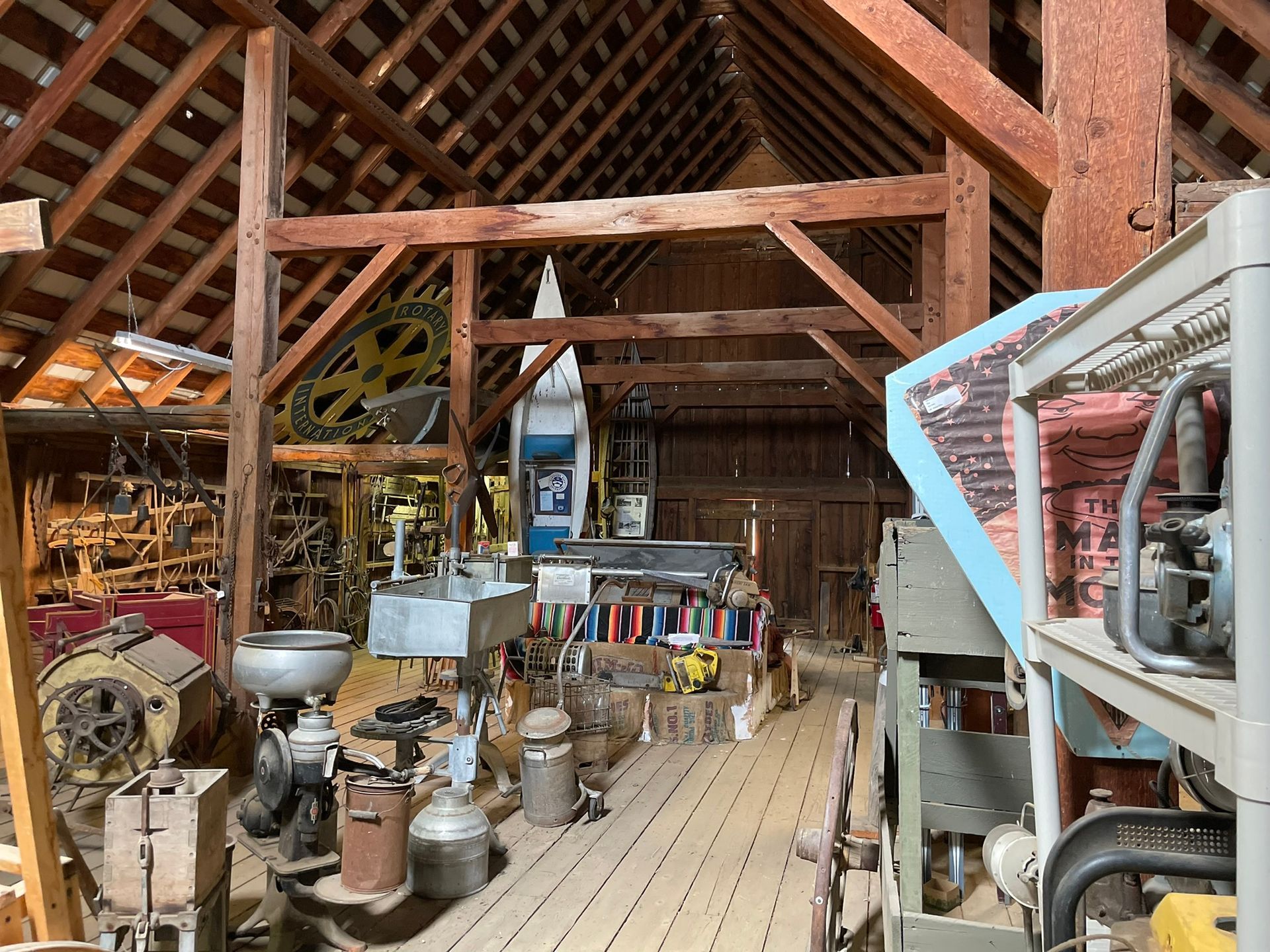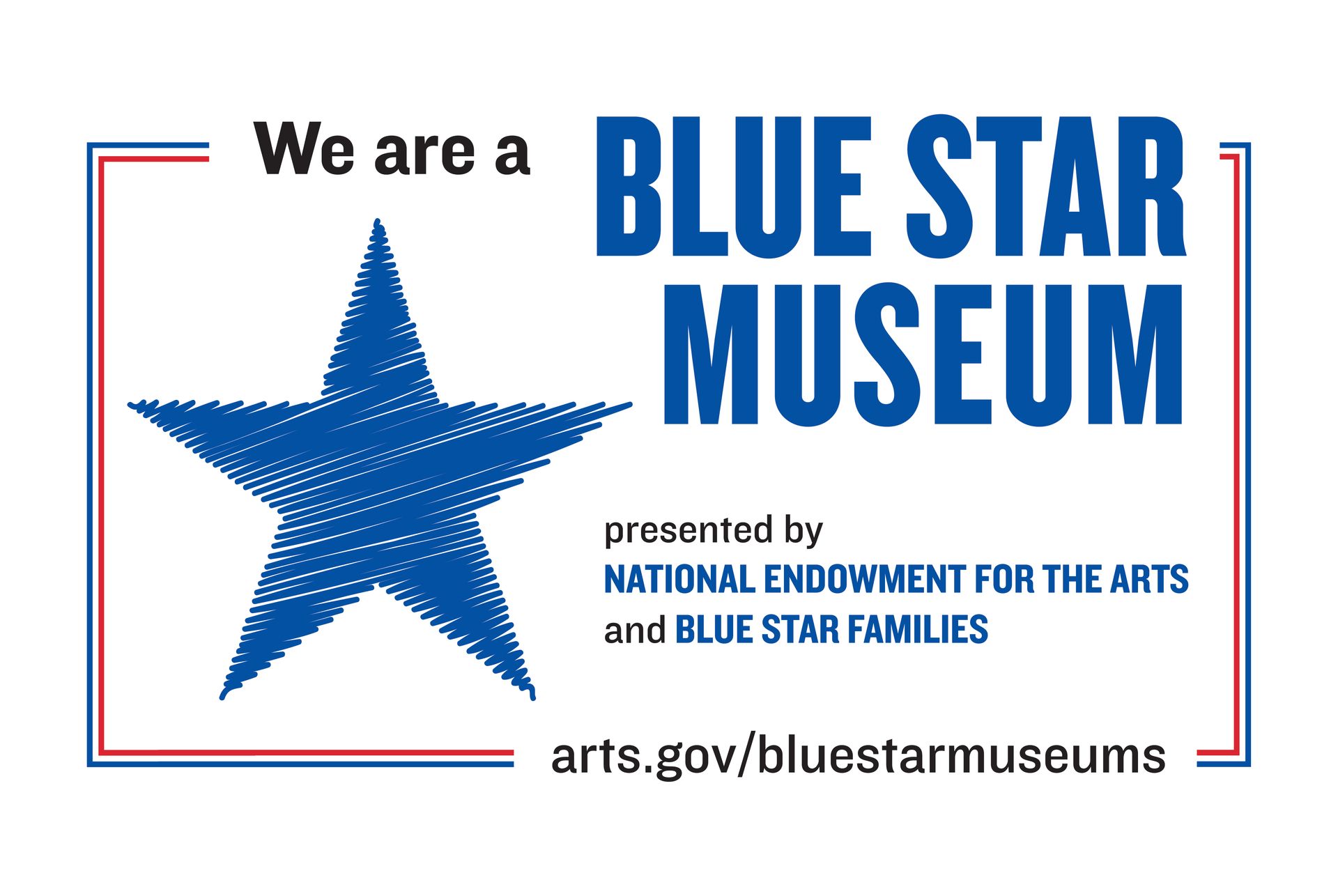Red Dairy Barn
ABOUT THIS ATTRACTION
Built in 1880, the Dairy Barn was donated to the museum by the Wilson and Adams families. It was moved to the museum grounds from a site at the north edge of Gunnison in 1979. If you look closely you will see the structure was hand-pegged--no nails were used.
A 1937 fire truck, owned by the City of Gunnison and used by the volunteer fire department until the early 1970s, is located under the shed roof.
The ground floor contains "spirit horses" which depict harness and tack as it would hang on the animals.
The loft has displays of small ranch/farm implements (broom straw cutter, fanning mill, scythes and cradles) milk operation tools (separator, bottler, and cans), old skis, the "infamous" Gunnison Navy and a few of their kayaks along with a bunkbed from the Alpine Tunnel Bunkhouse, bicycles, a tricycle, ice cream makers, grinders and ice tools:
Gunnison's ice supply came from a chain of ponds in the west end of town, along with two icehouses. Getting the blocks of ice out of the icehouse and into delivery wagons was simple enough, but the shaping and cutting the ice from the ponds called for much skill and hard work. One horse would be hitched to this ice plow. While a man drove the horse, the saw would cut to within 3 inches of cutting the ice through. After the first line was made the length of the pond, another was made parallel to the first, then another parallel to the second, etc. until a set of parallel lines approximately 3 feet across from each other. Next step was cut the same lines in opposite direction, producing a collection of rectangles. Each rectangle would then be cut the rest of the way through the ice by hand with an ice saw, creating huge blocks of ice approximately 3' x 3' x 2’ thick. Each block was floated toward the ice barn, up a board conveyer with manpower, and layered in sawdust for summer’s use. Ice would last from one ice-cutting season to the next stored in this manner.








